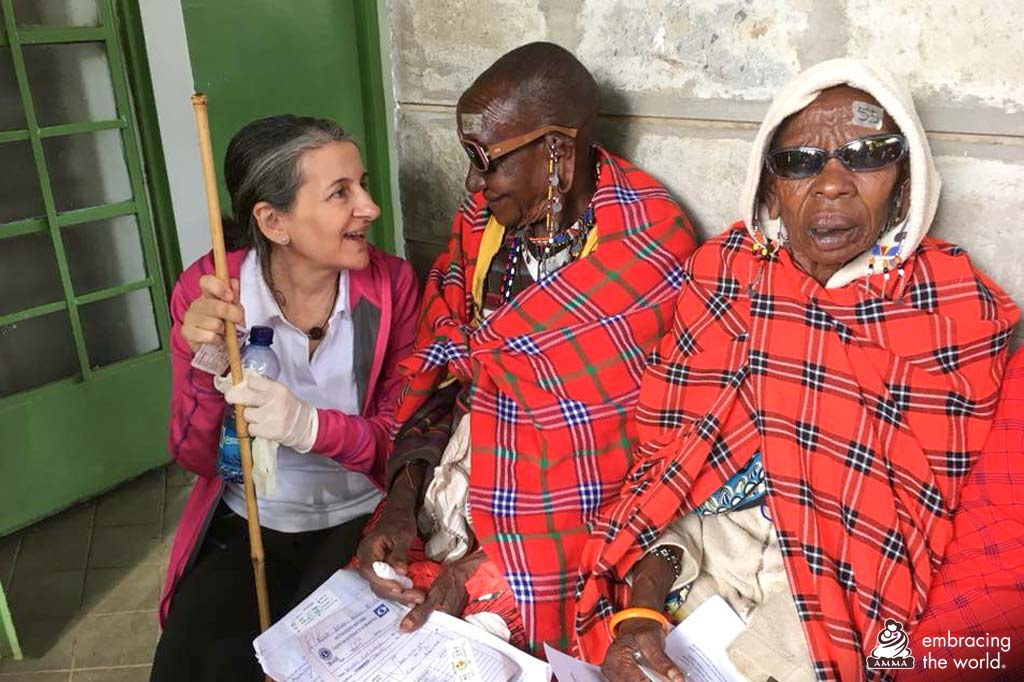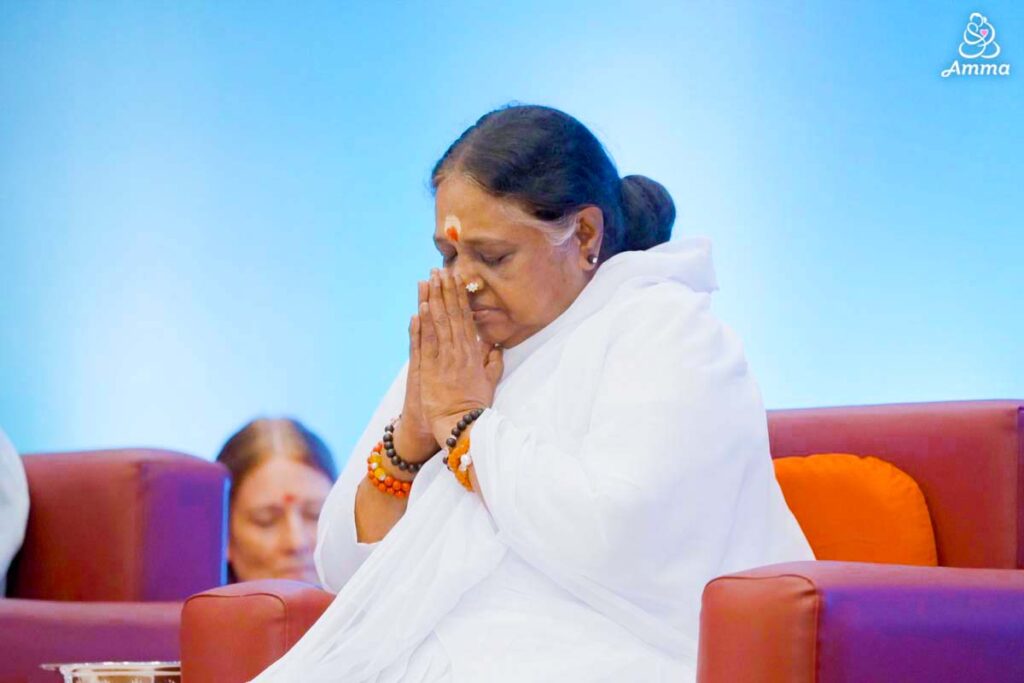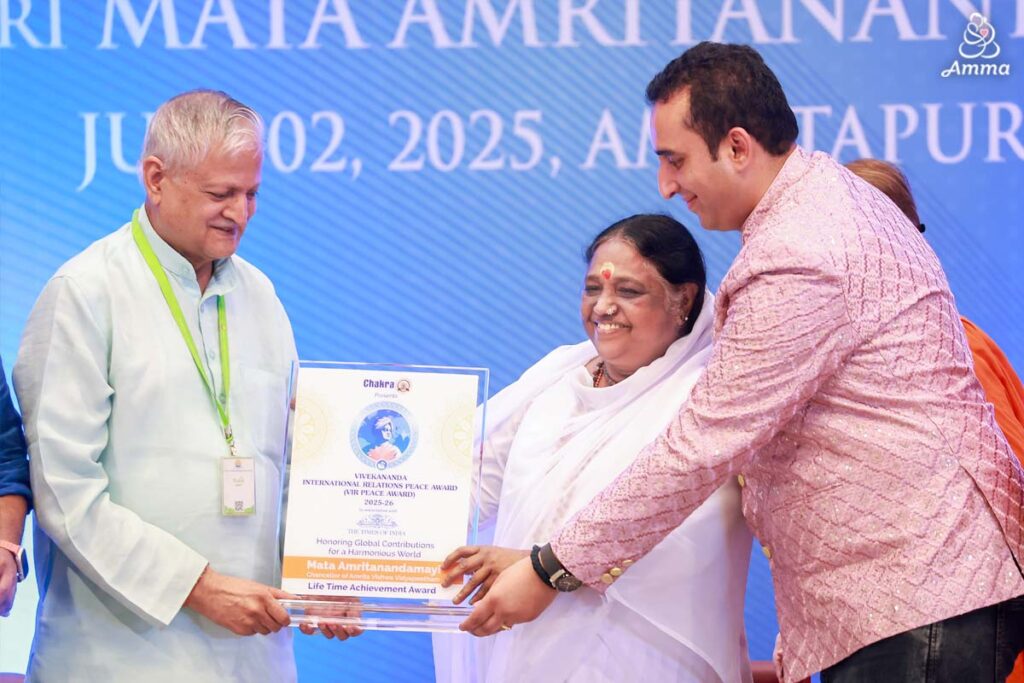“I thought I would never see the wonders of this world again,” said one of the patients after a successful cataract surgery in Burkina Faso.
Once again, medical practitioners from Spain joined with local ones in Africa to bring free eye surgeries to people living in poverty. Doctors operated on 518 patients with 216 in Zambia, 232 in Kenya and 70 in Burkina Faso.
The teams included ophthalmologists, optometrists, anaesthesiologists, general practitioners, nurses and medical students. Local volunteers worked with Vision Without Borders and Embracing the World to make it all happen. Most of the surgeries were for cataracts but there were also capsulotomy and pterygium procedures performed.
ZAMBIA
In Zambia, this was a first time for the medical eye camp and so, it was a challenge. It was scheduled over 10 days and the location was the Minga Hospital in Petauke, a town 400 km east from the capital of Lusaka. There was no operating theatre, so one had to be improvised in one of the hospital rooms.
The patients were selected by three ophthalmic nurses who travelled more than 100 km east and west of the hospital to find them. The people were ensured of free surgeries, hospital stays and transfer. Embracing the World Zambia volunteers worked together to get all permits, certificates and paperwork required.
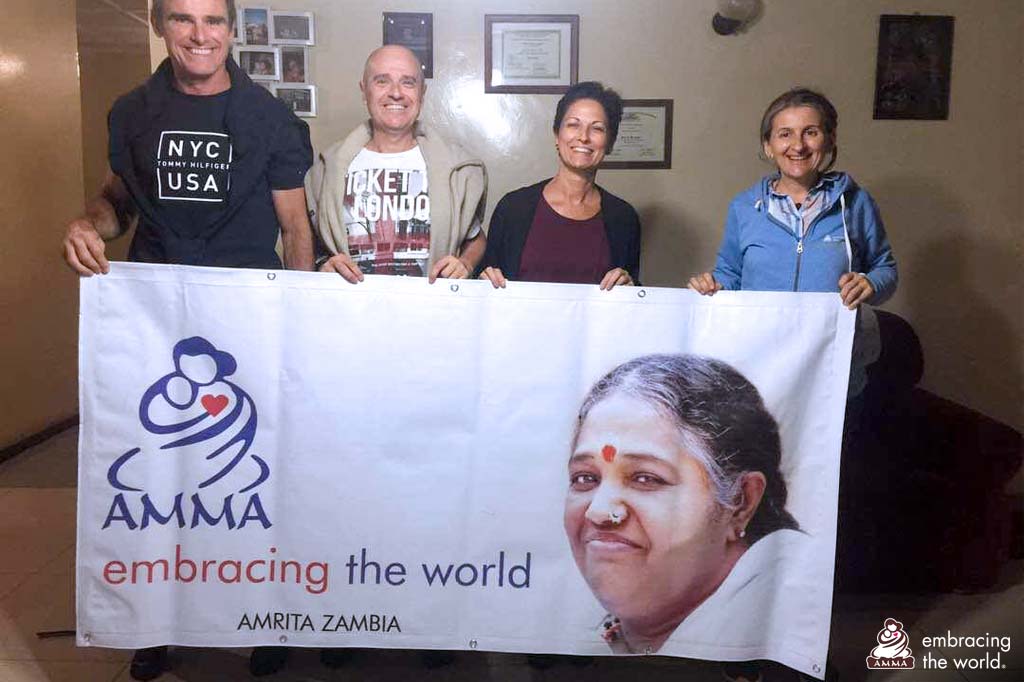

For the surgeries, from Spain there were two ophthalmologists, an assisting nurse, an optometrist and an operating room volunteer. From Zambia, there were an ophthalmologist, an anaesthetist and two translators for the local language. Segula meso, which means open your eyes in the local language, were the words most spoken.
“The patients were timid the first few days but gaining confidence at the end of the project,” remembers Dr. Isabel Signes Soler, an optometrist from Spain who volunteers for the camps. “We began to be part of the community’s landscape.”
On one of the days, the electrical power failed in the morning but the surgeries continued thanks to solar power. However, even that ran out by 2 pm, so the medical teams and patients had time to visit while waiting for electricity to come back.
“A patient in a wheelchair applauded to thank us,” says Dr. Isabel. “He was very happy because he could see much better. Although we do not speak the same language, the language of the heart has no barriers.”
Most of the patients were adults, but a 10-year-old and a 13-year-old were also operated on with both procedures being successful.
KENYA
This time in Kenya, the medical eye camps were in an area near the Tanzanian border where the Masai tribe lives. The first three days were in Kaijado, a town 80 km south of the capital city of Nairobi, but it was in a small hospital that had very few facilities. The next three days were at a government hospital in Narok, a town 140 km west of Nairobi. The facility had two operating theaters and sufficient facilities.
The team included four ophthalmologists, an anaesthesiologist, a nurse, two optometrists, a general doctor and two medical students. The selection of patients was carried out by staff of the Nairobi Lions Club, which included selecting the eye upon which to operate and coordinating other details. People with Embracing the World Kenya were present to take care of local management, accommodation and leading the camps.
“The operations were totally free as well as the admission to the hospital,” explains Dr. Isabel. “A Spanish anaesthetist collaborated with us which made it possible to operate on children.”
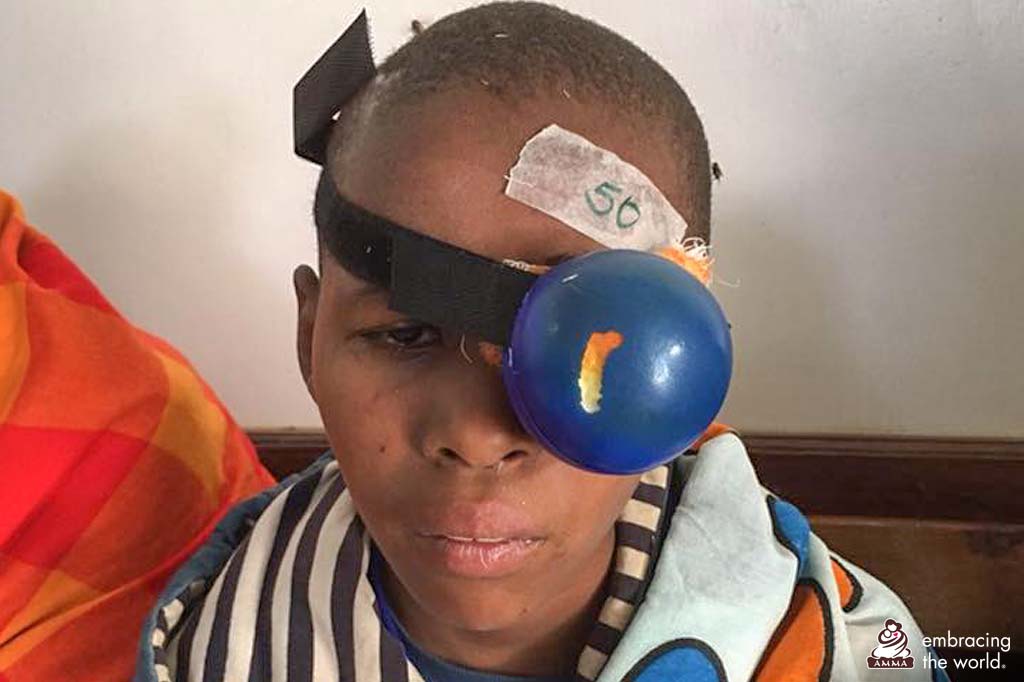
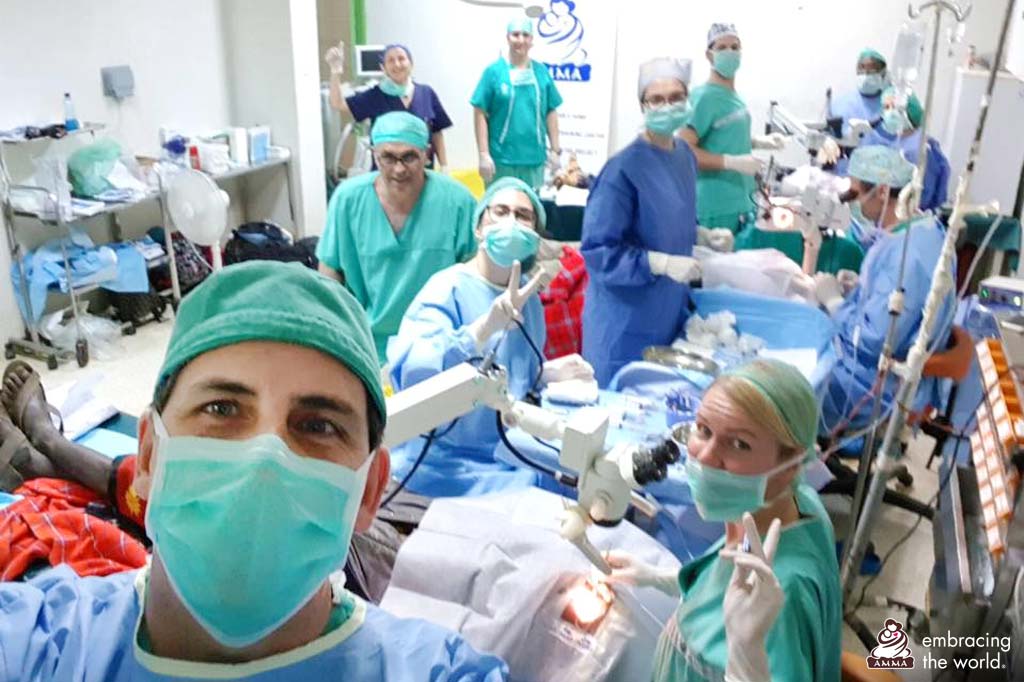
Most commonly cataracts are found in the elderly, but this time there was a three-year-old boy with bilateral cataracts. One eye was operated on first and the following day, the procedure was evaluated as successful. That meant doctors could perform the surgery on the second eye. In addition, three more children between six and eleven received surgeries.
“The work schedule was very intense, starting at 7:30 in the morning and ending between 8:00 to 10:00 at night,” describes Dr. Isabel. “This meant working between 12 and 14 hours in a row in order to attend to all the patients scheduled for each day. Despite the intensity of the work, the team remained more than happy to do the volunteer work.”
The most interesting detail, however, seems to have been language communication. The optometrists had learned basic words in Swahili to try to speak directly with patients. But more often than not, their pronunciation was not quite correct. The patients had to seek the help of the local translator.
BURKINA FASO
Even by West African standards, Burkina Faso is considered very poor. It is a landlocked country that has suffered both from recurring droughts and military coups, with the last coup d’état taking place in 2015.
“It is the place in which we work that needs the most help,” explains Dr. Isabel. “The faces of those blind people always come to my mind, and so we accept the risk.”
The camp was held in the capital city of Ouagadougou. People with a Catholic mission requested the help because they had cataract patients in great need. Most were already blind with the maximum sight at 10 percent. The medical team was small – just one ophthalmologist and two optometrists. Equipment was also spare.
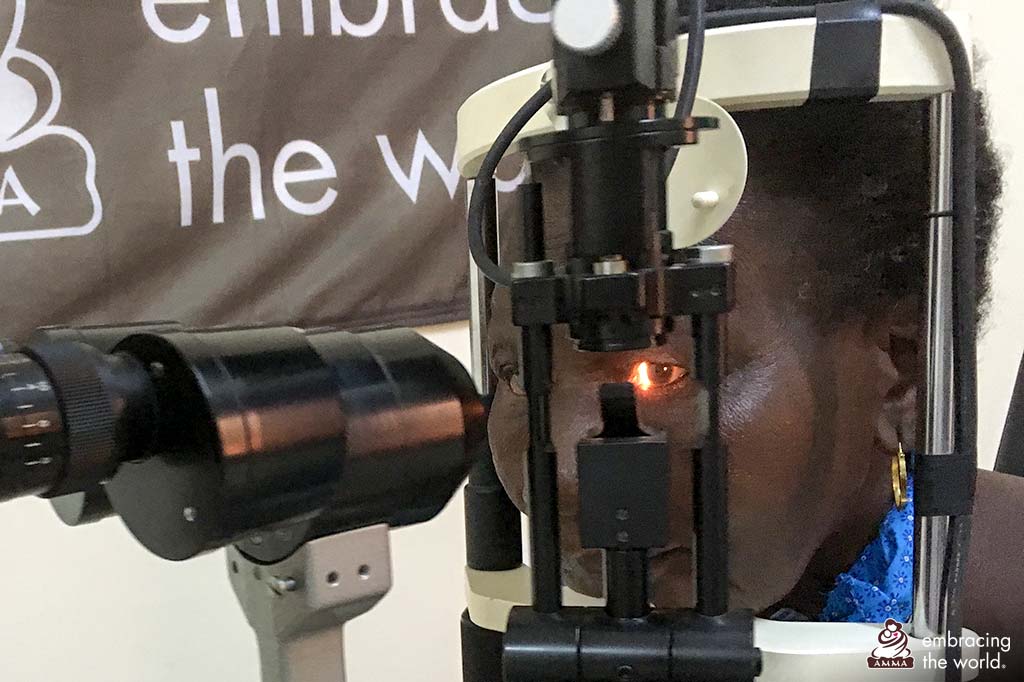
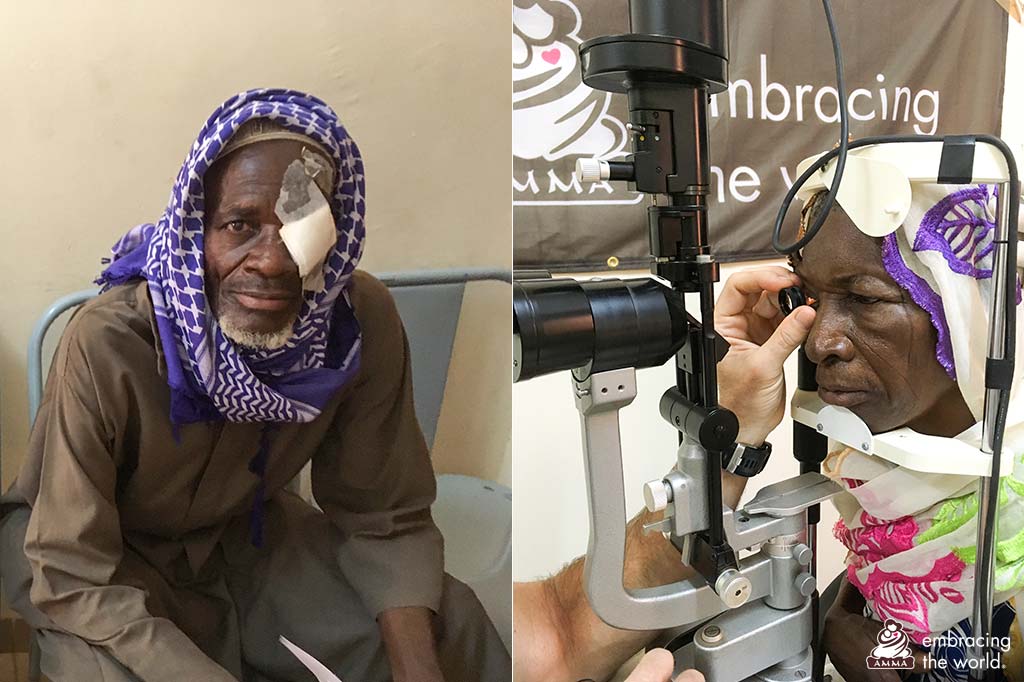

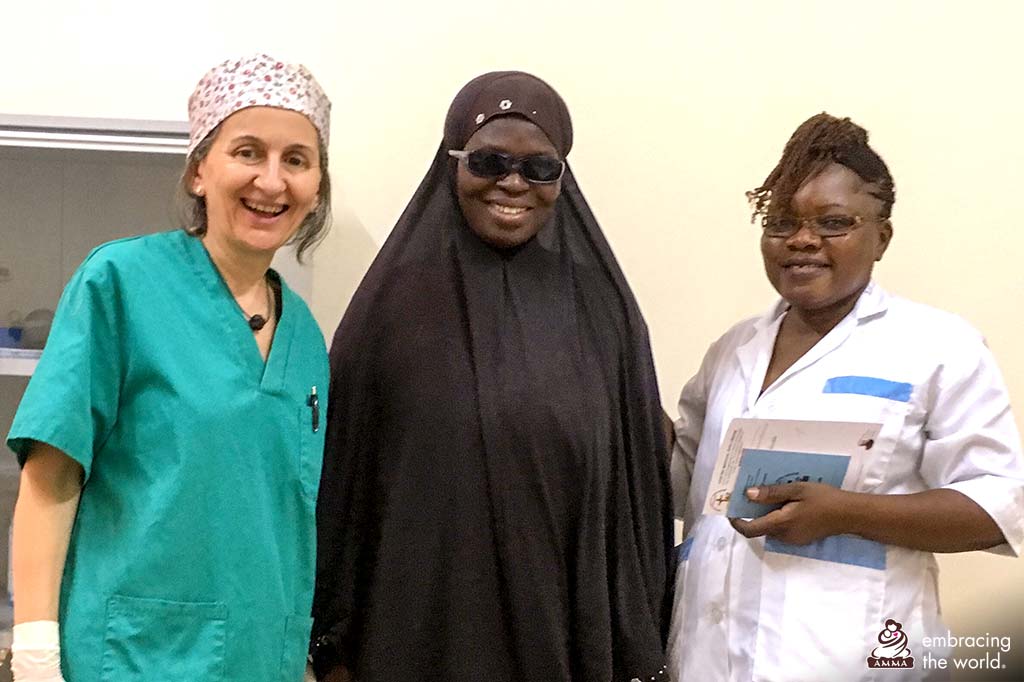

Father Ricardo, the priest in charge of the mission, was waiting for the team at the airport and took them straight to the mission. It was late at night, so surgeries started early the next morning. He had the list of patients ready for each day.
“We have not much time to talk to the patients, first because of the language and second because we try to fit in as many patients as possible every day,” says Dr. Isabel. “But I am very grateful to have had the opportunity to serve such needy people so directly. And happy to have been able to work every day and not have any major complications.”


